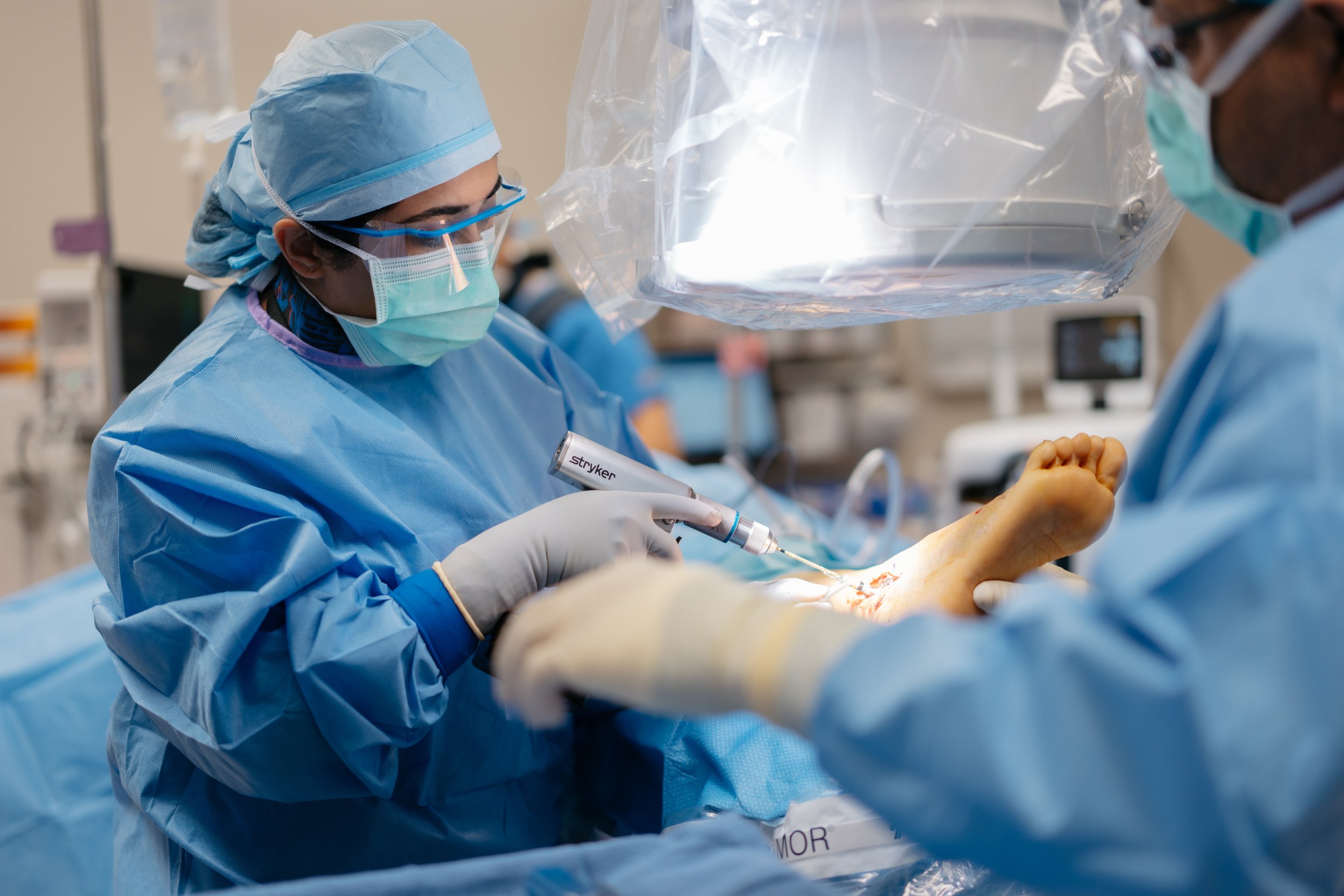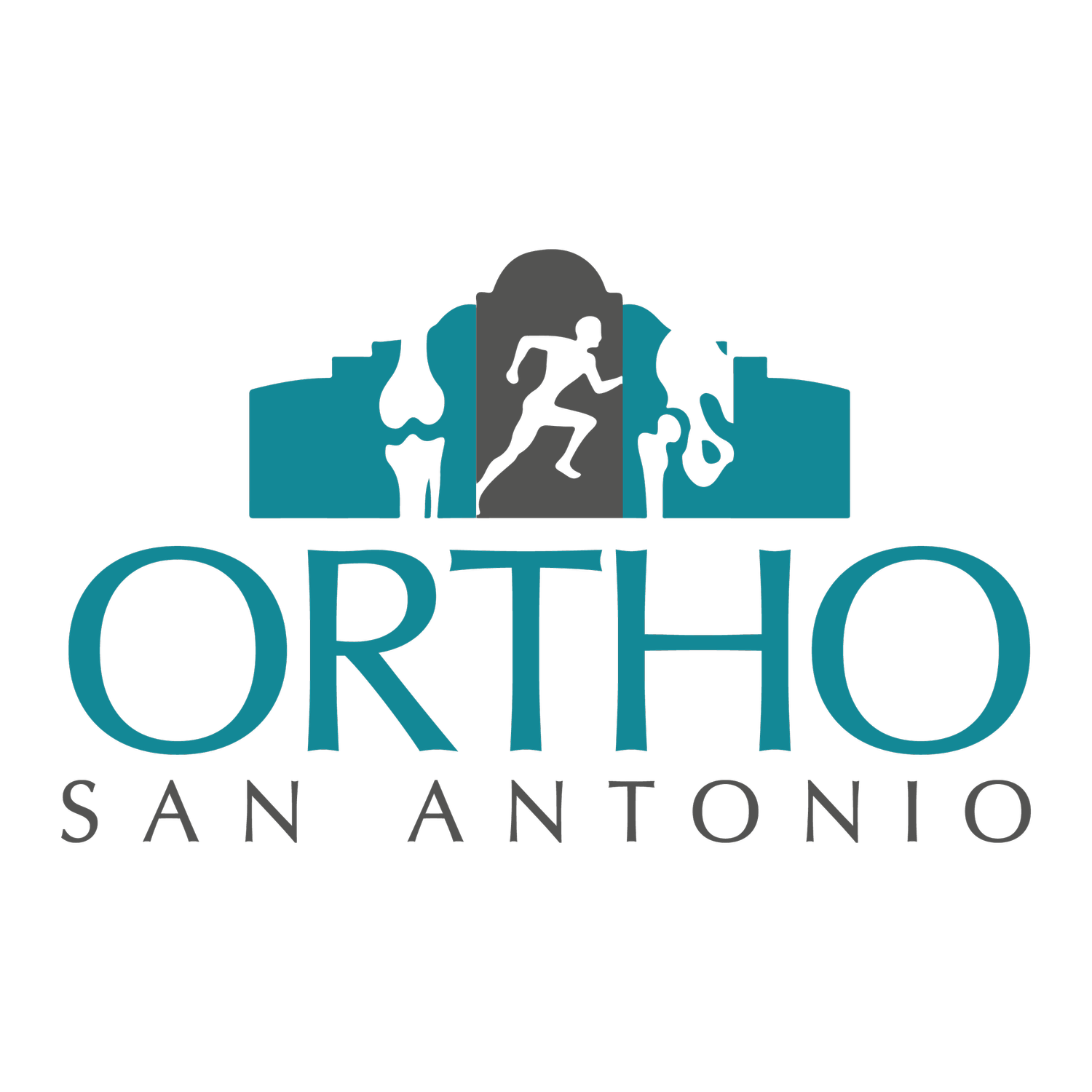
achilles tendon repair treatment in San Antonio
Understanding Achilles Tendon Anatomy
Tendons are vital connective tissues that link muscles to bones, playing a crucial role in movement and stability. The Achilles tendon, located at the back of the ankle, is the largest and strongest tendon in the body. It connects the calf muscles to the heel bone. When the calf muscles contract, the Achilles tendon tightens, facilitating essential foot and toe movements such as walking, running, jumping, and pushing off during physical activities.
Common Causes of Achilles Tendon Injuries
The Achilles tendon is prone to injury due to its constant involvement in weight-bearing and high-impact activities. Overuse, repetitive strain, and sudden increases in activity levels are common causes of injuries. Sports that involve sprinting, jumping, or abrupt changes in direction, like basketball, tennis, and soccer, place additional stress on this tendon.
Types of Achilles Tendon Injuries
-
Achilles Tendonitis
This is an inflammatory condition characterized by pain, stiffness, and swelling along the tendon. It often develops from repetitive stress or overuse and may worsen without appropriate treatment.
-
Achilles Tendon Rupture
In severe cases, the tendon may partially or completely tear. A rupture often occurs during sudden, forceful movements and can result in a sharp pain, difficulty walking, and a noticeable gap in the tendon.
Symptoms of an Achilles Tendon Injury
Pain: Typically felt at the back of the ankle, especially during physical activities or after periods of rest.
Swelling: Inflammation may cause visible swelling along the tendon.
Stiffness: Morning stiffness or discomfort after prolonged inactivity is common.
Weakness: Difficulty pushing off the foot or standing on tiptoes can indicate tendon damage.
Audible "Pop": In cases of a rupture, patients may hear or feel a popping sensation at the time of injury.
Treatment Options for Achilles Tendon Injuries
The primary goal of treatment for an Achilles tendon injury is to restore the tendon’s function so you can return to your daily activities and physical pursuits. At Ortho San Antonio, our expert orthopedic surgeons offer both non-surgical and surgical treatments tailored to each patient’s unique needs.
Immediate Care for Achilles Tendon Injuries: The R.I.C.E. Method
For a torn or ruptured Achilles tendon, initial care is critical. Employ the R.I.C.E. method to manage pain and swelling:
Rest: Avoid putting weight on the injured leg to prevent further damage.
Ice: Apply ice packs to the injury site to minimize swelling and inflammation.
Compression: Use compression bandages to reduce swelling and support the tendon.
Elevation: Keep the injured foot elevated to help decrease swelling.
Non-Surgical Treatment for Achilles Tendon Tears
Non-surgical methods are often effective, particularly for minor or moderate injuries:
Immobilization: Casting or bracing the injured area for approximately six weeks allows the ruptured tendon to reattach and heal naturally.
Physical Therapy: After the cast is removed, personalized physical therapy helps restore flexibility, strength, and muscle tone while preventing stiffness.
Our Locations
-

Alamo Heights
Address: 423 Treeline Park, Suite 350, San Antonio, TX 78209
-

Westover Hills
Address: 11212 State Highway 151, Medical Plaza 1, 2nd Floor, Suite 200, San Antonio, TX 78251
-

Medical Center
ADDRESS: 2833 Babcock Rd, Tower 2, Suite 435, San Antonio, TX 78229
-

Boerne
ADDRESS: 138 Old San Antonio Rd, Suite 302, Boerne, TX 78006
-

Southside
8726 Poteet Jourdanton Fwy Acc Rd, San Antonio, TX 78224
-

Castroville
-

Schertz
Address: 6051 FM 3009, Suite 260, Schertz, TX 78154
Meet Our Foot & Ankle Specialists
Shumaila Sarfani, MD
Board-Certified & Fellowship-Trained Foot & Ankle Orthopedic Specialist
Kathren Mccarty, DPM
Board-Certified Podiatric Foot & Ankle Surgeon




